
If you’ve upgraded your car stereo system, you’ve likely experienced power fluctuations that affect sound quality or volume, particularly when you turn up the volume. This is a common problem caused by your stereo system drawing more current than your car’s electrical system can supply. The solution? A car stereo capacitor.
A capacitor helps smooth out power surges and ensures a steady flow of energy to your car stereo, improving sound quality, preventing dimming lights, and even extending the life of your stereo components. However, the process of installing a car stereo capacitor might seem intimidating at first, especially for those new to car audio systems. Don’t worry, we’ve got you covered! In this detailed guide, we’ll break down everything you need to know, including step-by-step installation instructions, key considerations, and frequently asked questions (FAQs) to ensure you get the most out of your capacitor.
Table of Contents
- What is a Car Stereo Capacitor?
-
Types of Car Stereo Capacitors
- 2.1. Standard Capacitors
- 2.2. Digital Capacitors
- When Do You Need a Car Stereo Capacitor?
- Key Factors to Consider Before Installing a Capacitor
- Tools and Equipment Required
- Step-by-Step Guide to Installing a Car Stereo Capacitor
- Common Mistakes to Avoid
- Troubleshooting Capacitor Installation Issues
- FAQs About Car Stereo Capacitors
- Conclusion
1. What is a Car Stereo Capacitor?
A car stereo capacitor is an electronic component that temporarily stores electrical energy and releases it when needed to stabilize voltage levels in your car’s audio system. It essentially acts as a buffer, helping to ensure a steady and sufficient supply of power to your stereo system.
1.1. Purpose of a Capacitor
The main purpose of a capacitor in your car stereo setup is to eliminate power dips or surges. When you turn up the volume, your car stereo demands more power from the battery. If the electrical system cannot supply enough power quickly, the sound quality may drop, and the lights may dim. A capacitor stores extra power and releases it when the stereo system requires more energy, preventing these issues.
1.2. Benefits of Installing a Capacitor
- Improved Sound Quality: A capacitor ensures that your stereo system has a steady power supply, preventing audio distortion and preserving sound clarity.
- Stabilized Voltage: By smoothing out power surges, a capacitor helps maintain stable voltage levels, reducing the chances of electrical interference.
- Protection for Stereo Equipment: The capacitor absorbs power spikes, protecting your stereo and other sensitive electronic components from damage.
- Reduced Strain on Your Car's Battery: With the capacitor handling sudden power demands, your car’s battery doesn’t have to work as hard, potentially prolonging its lifespan.
2. Types of Car Stereo Capacitors
There are primarily two types of capacitors used in car stereo systems:
2.1. Standard Capacitors
Standard capacitors are the traditional models, designed to store and release electrical energy. They are reliable, affordable, and effective at smoothing out power fluctuations.
2.2. Digital Capacitors
Digital capacitors are more advanced and often come with a built-in digital voltage display. They offer better performance and precision than standard capacitors, making them ideal for high-performance audio systems that demand more power.

3. When Do You Need a Car Stereo Capacitor?
You should consider installing a car stereo capacitor if:
- You experience dimming lights when you turn up the volume.
- Your stereo cuts out or distorts when you crank the volume.
- Your car stereo system is powered by multiple amplifiers or high-power subwoofers.
- You want to maintain better sound quality without overloading your car’s electrical system.
4. Key Factors to Consider Before Installing a Capacitor
Before installing a capacitor, it’s important to consider the following factors:
4.1. Size and Capacity
Capacitors are rated by their capacitance (measured in Farads). The higher the capacitance, the more energy the capacitor can store. For most car stereo systems:
- 1 Farad is adequate for small to mid-range systems.
- 2–3 Farads are suitable for high-power systems.
- 5+ Farads are recommended for systems with multiple amplifiers or powerful subwoofers.
4.2. Compatibility with Your Stereo
Make sure the capacitor you choose is compatible with your stereo’s power requirements. If your system has high-power amplifiers or large subwoofers, you may need a higher-capacity capacitor to handle the power demands.
4.3. Proper Wiring and Grounding
A capacitor must be properly wired and grounded for it to function correctly. Incorrect wiring can lead to poor performance or even damage your stereo and car’s electrical system.
5. Tools and Equipment Required
To install a car stereo capacitor, you’ll need the following tools and equipment:
- Car stereo capacitor
- Wiring kit (including power cables and ground wire)
- Inline fuse holder and fuse
- Screwdrivers
- Socket wrenches
- Wire cutters/strippers
- Electrical tape
- Multimeter (for testing voltage)
- Mounting brackets (if necessary)
6. Step-by-Step Guide to Installing a Car Stereo Capacitor
6.1. Step 1: Disconnect the Battery
Before starting the installation, always disconnect the negative terminal of the car battery to avoid electrical shocks or short circuits. Safety should always be your first priority.
6.2. Step 2: Mount the Capacitor
Decide on an ideal location to mount the capacitor. Typically, capacitors are mounted near the amplifier or the car stereo, but they should be within easy reach of the power supply and ground connection.
- Tip: Ensure that the capacitor is securely mounted to prevent movement or rattling while driving.
6.3. Step 3: Wiring the Capacitor
- Power Wire: Use the provided power wire to connect the capacitor to the power supply of your stereo or amplifier.
- Ground Wire: Connect the ground wire to the car’s chassis to complete the circuit. Ensure the connection is clean and free from rust or dirt.
- Fuse: Install the fuse holder inline with the power wire to protect the capacitor and electrical system from power surges.
6.4. Step 4: Connecting the Capacitor to the Stereo
Use the power and ground wires to connect the capacitor to your car stereo or amplifier. Ensure all connections are secure and tight to prevent power loss or short circuits.
6.5. Step 5: Testing and Adjustments
Once the capacitor is installed, reconnect the car battery and power up your system. Check for any signs of power surges, dimming lights, or audio distortion. Use a multimeter to test the voltage and make sure the capacitor is functioning properly.

7. Common Mistakes to Avoid
- Incorrect Wiring: Always double-check wiring connections, especially the ground wire.
- Not Using a Fuse: A fuse protects both your capacitor and stereo system from electrical damage.
- Mounting in a Poor Location: Ensure the capacitor is easily accessible for future maintenance and does not interfere with other components.
8. Troubleshooting Capacitor Installation Issues
- Audio Distortion: If you still experience distortion, check the capacitor’s capacitance rating. A higher-capacity capacitor may be necessary.
- No Improvement: If there’s no noticeable improvement, check the wiring for loose connections or faulty components.
- Dimming Lights Persist: Ensure the capacitor is properly grounded and securely connected to the power supply.
9. FAQs About Car Stereo Capacitors
9.1. Why do I need a capacitor for my car stereo?
A capacitor helps ensure a steady flow of power to your stereo, reducing audio distortion, dimming lights, and protecting your system from electrical spikes.
9.2. Can I install a car stereo capacitor myself?
Yes, if you have basic electrical knowledge and the proper tools, you can install the capacitor yourself. However, if you're unsure, consider seeking professional installation.
9.3. Will a capacitor improve sound quality?
Yes, a capacitor can improve sound quality by ensuring your stereo system gets a stable power supply, preventing distortion when you crank up the volume.
9.4. How long does a car stereo capacitor last?
A well-maintained capacitor can last several years. However, factors like improper installation or extreme conditions may shorten its lifespan.
9.5. Do I need a capacitor for every car stereo setup?
Not necessarily. A capacitor is recommended for high-power stereo systems, especially those with multiple amplifiers or subwoofers. For basic setups, it may not be necessary.
10. Conclusion
Installing a car stereo capacitor can drastically improve the performance of your audio system by ensuring stable power delivery and protecting against power surges. While the installation process may seem complex, with the right tools and guidance, it's a manageable DIY task that can pay off with better sound quality and longer-lasting stereo equipment. By following this comprehensive guide, you’ll not only enhance your car’s audio experience but also ensure your system operates smoothly for years to come.



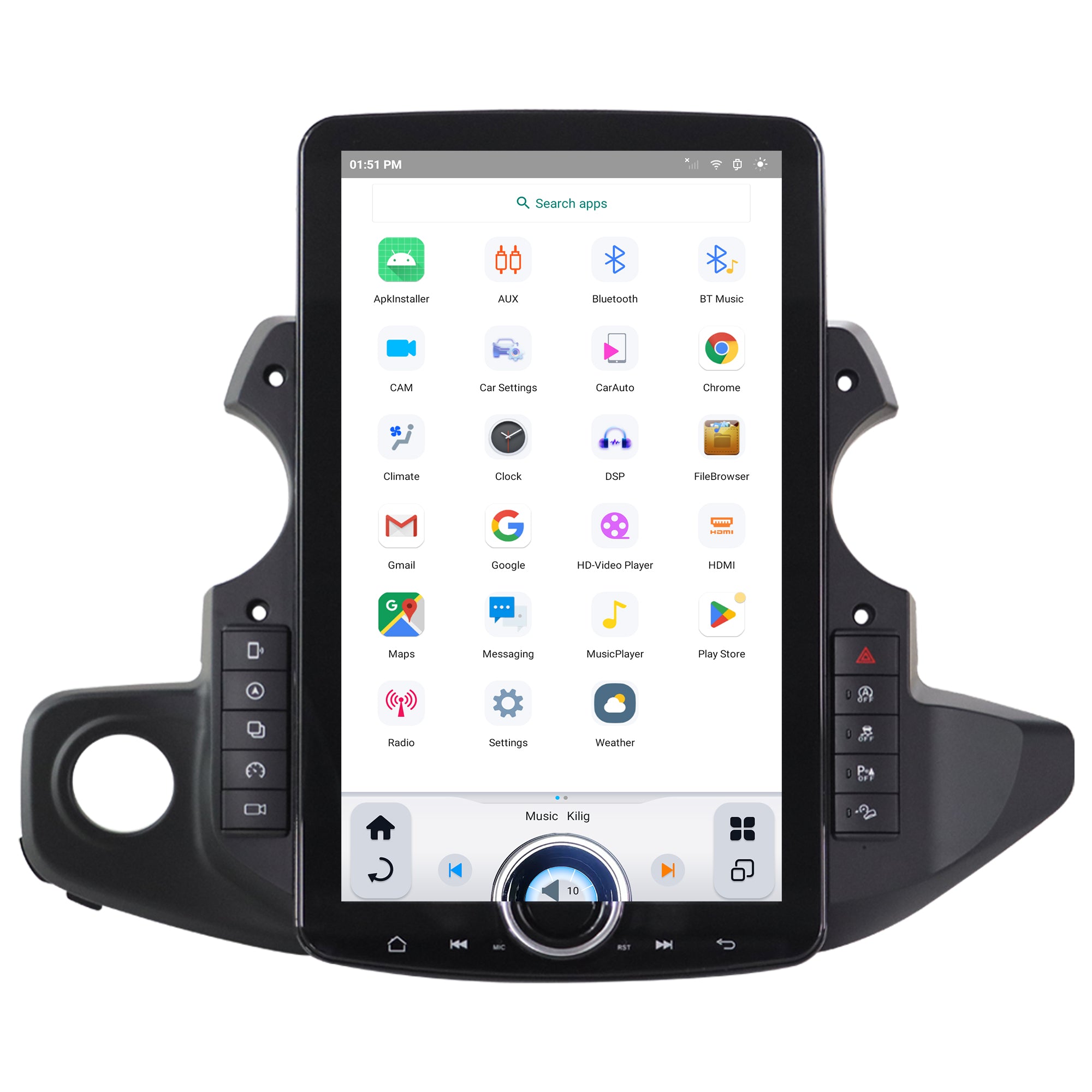
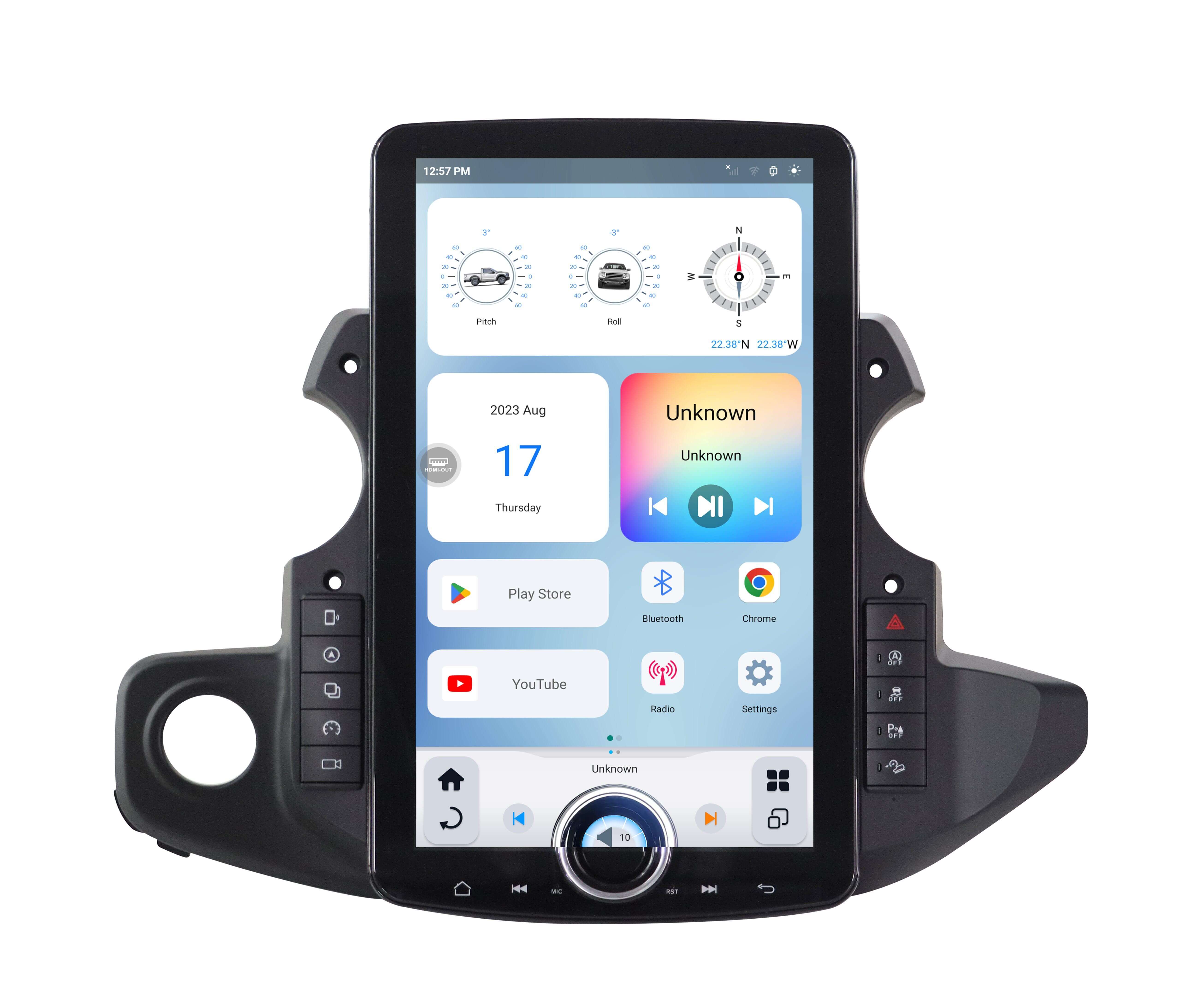
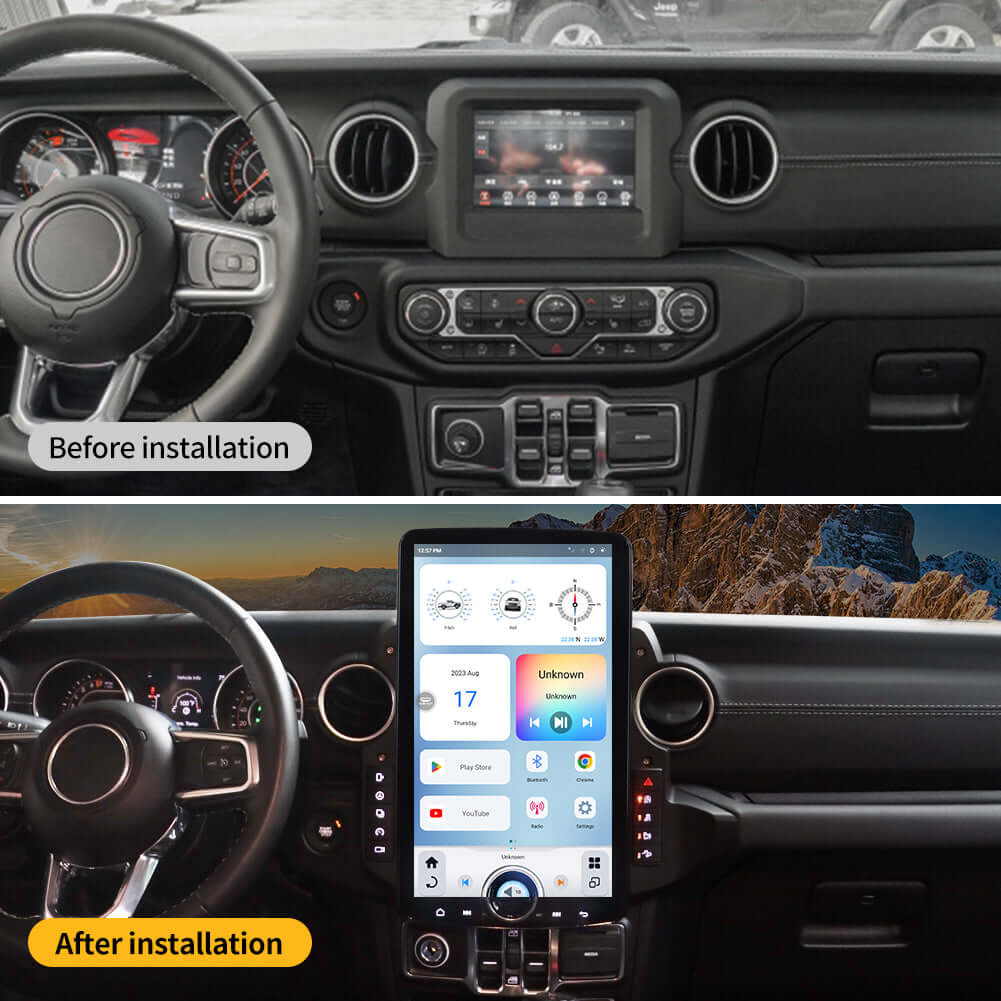

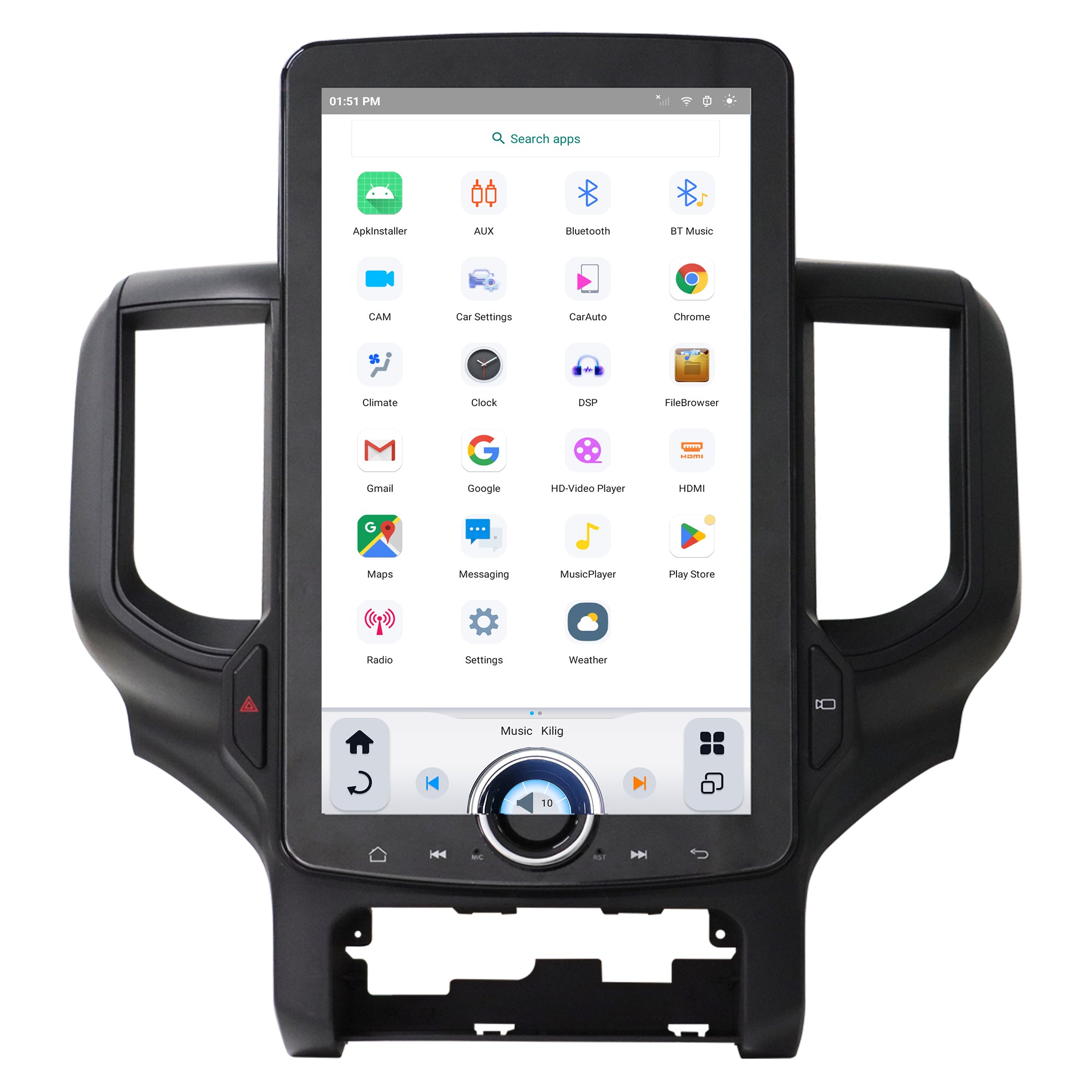
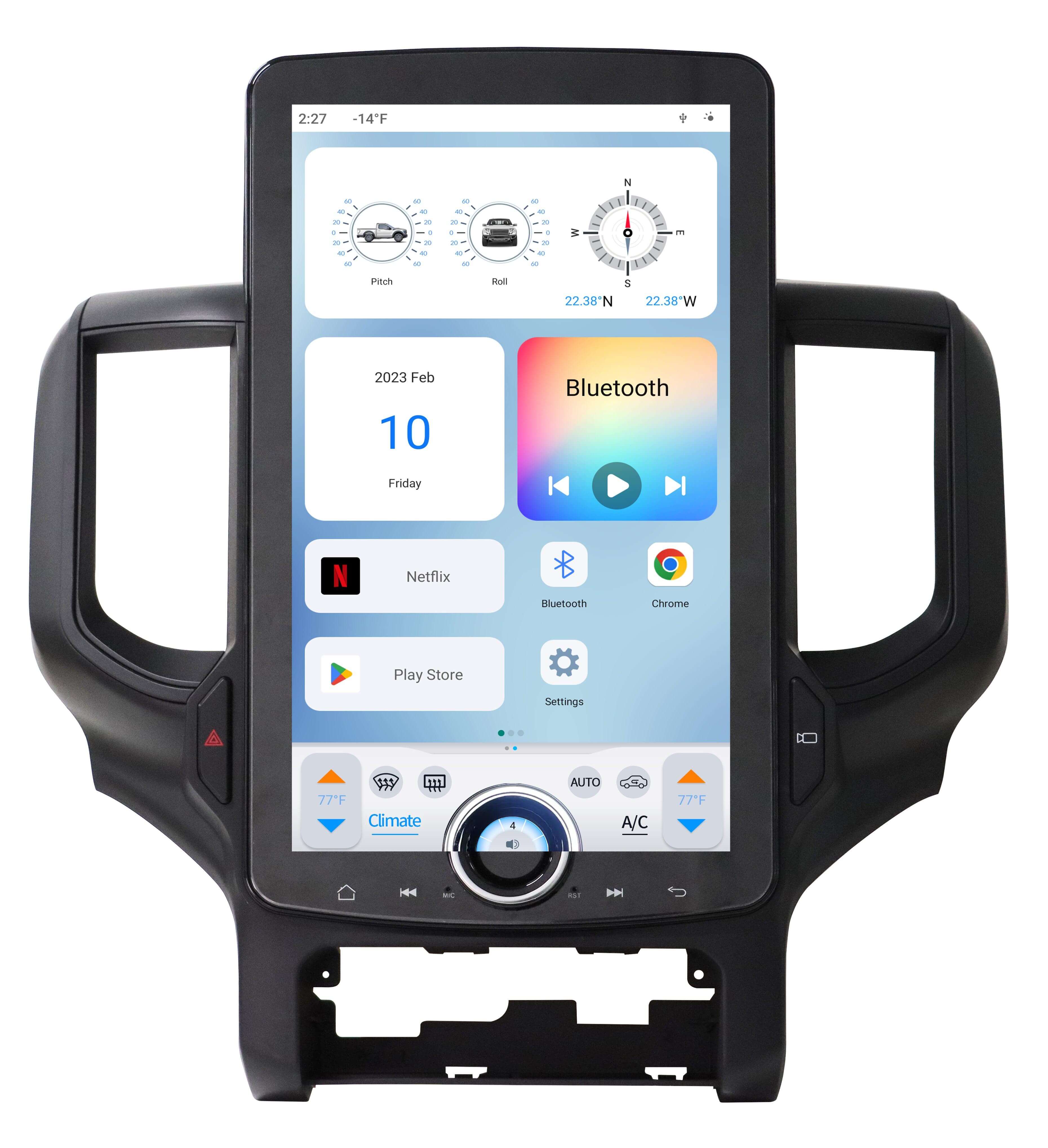
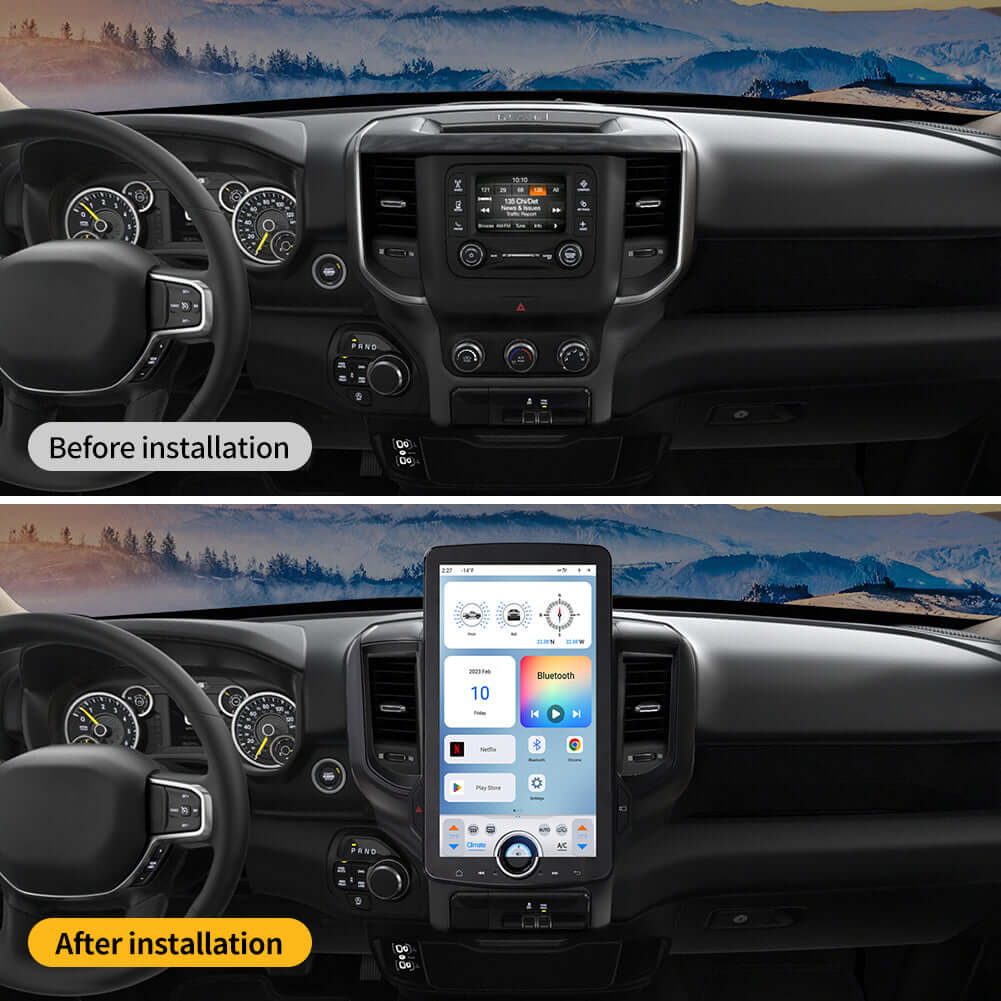
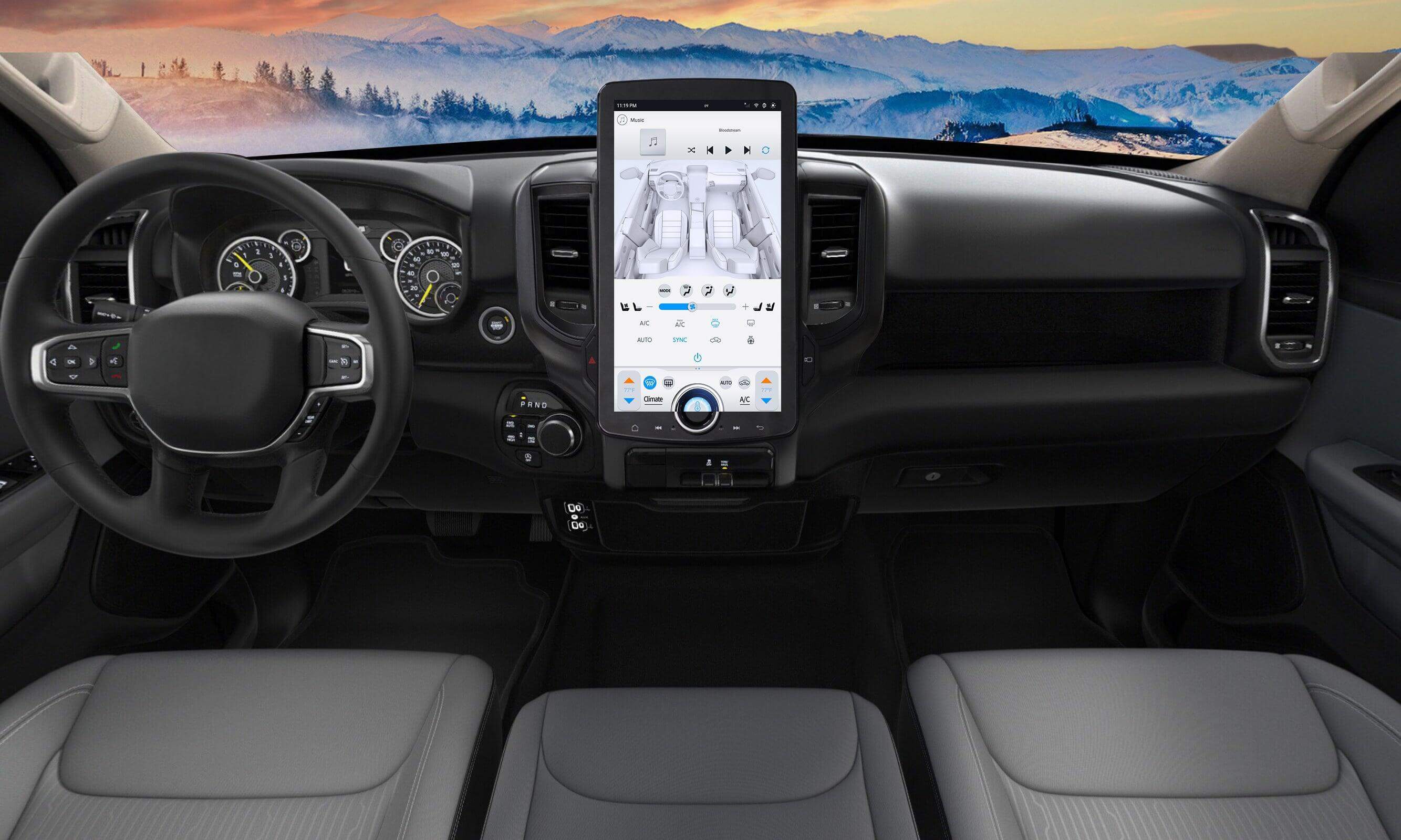
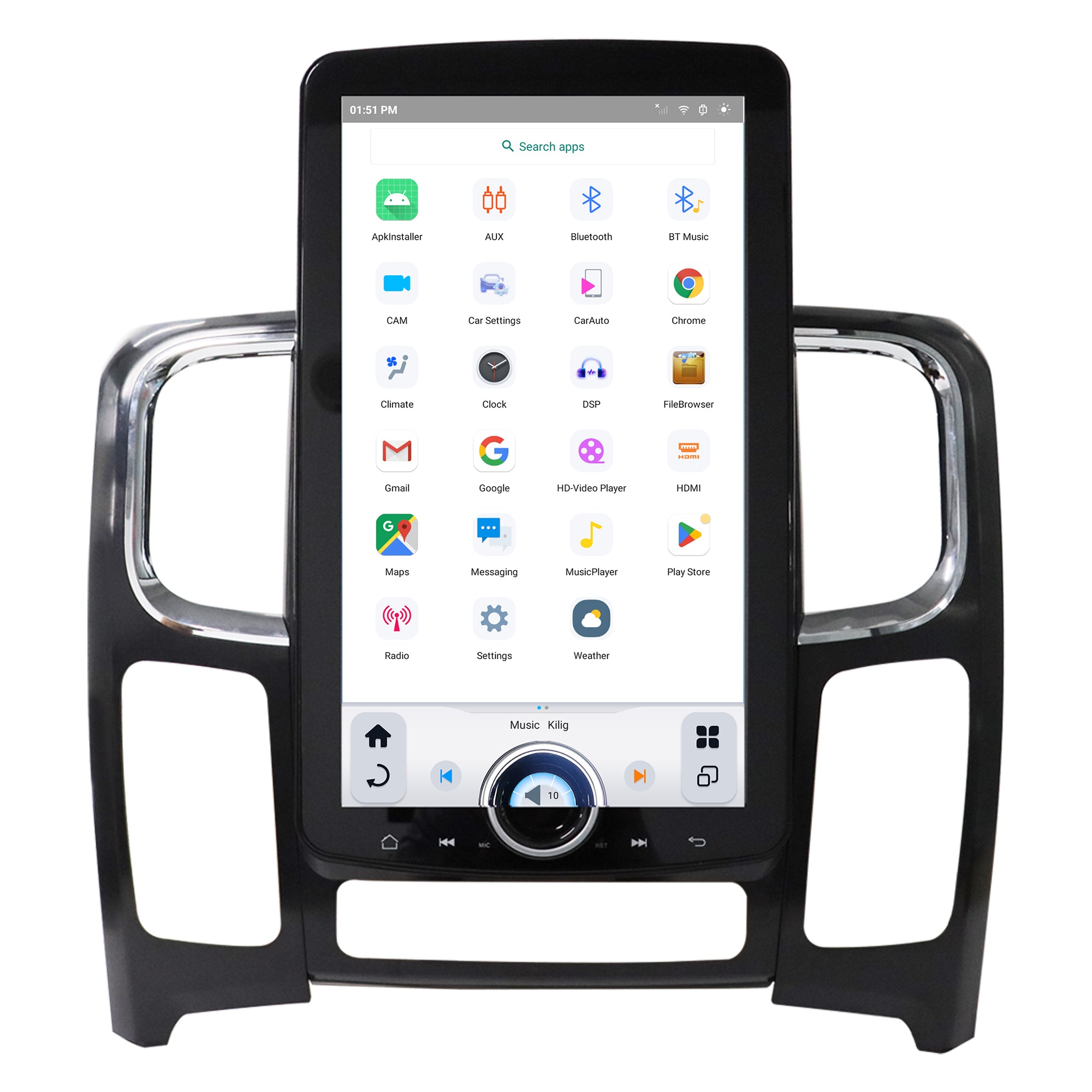
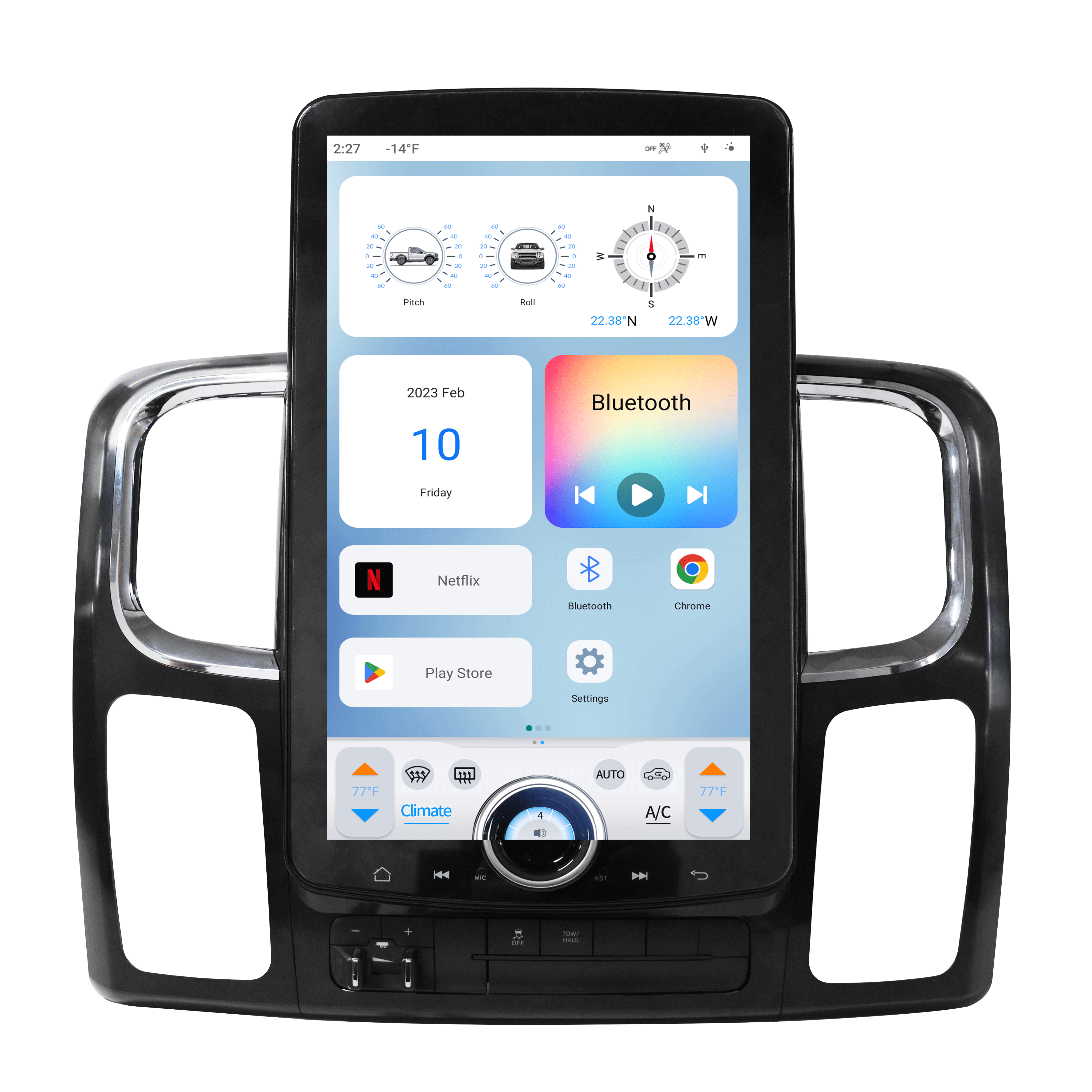
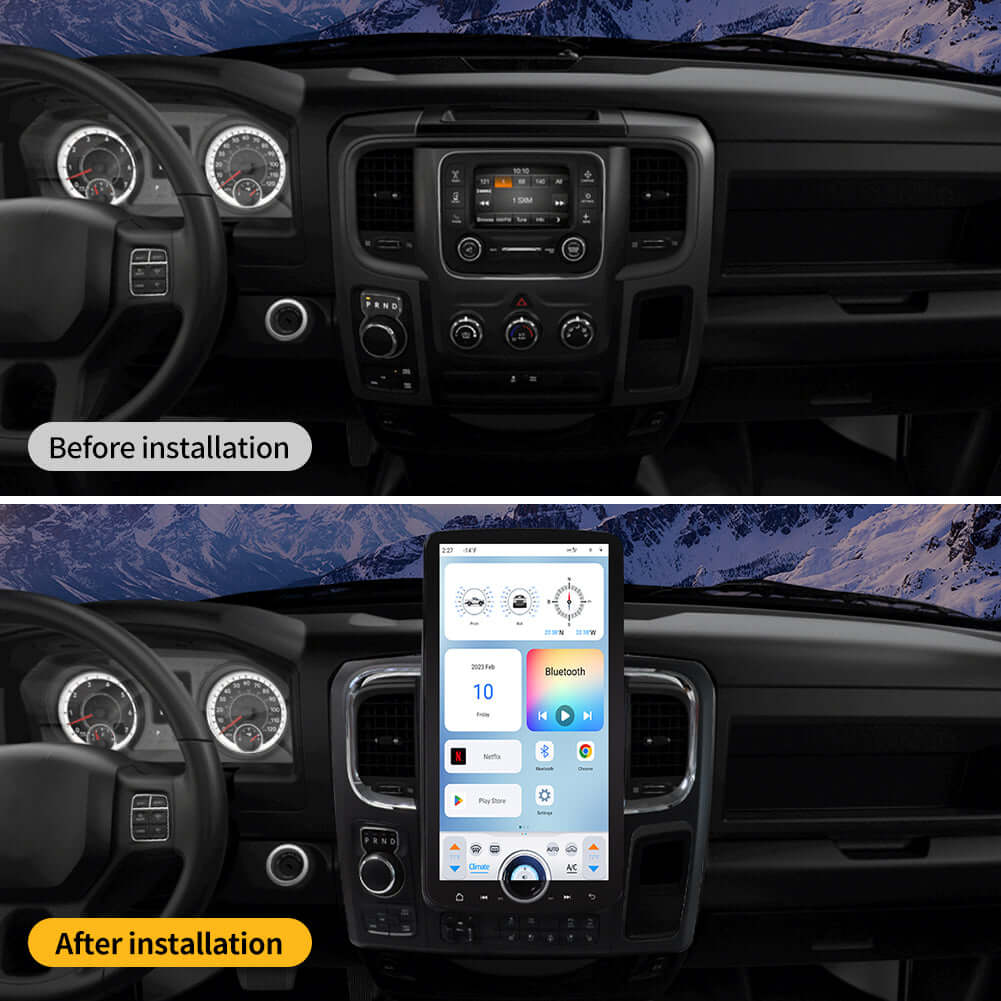



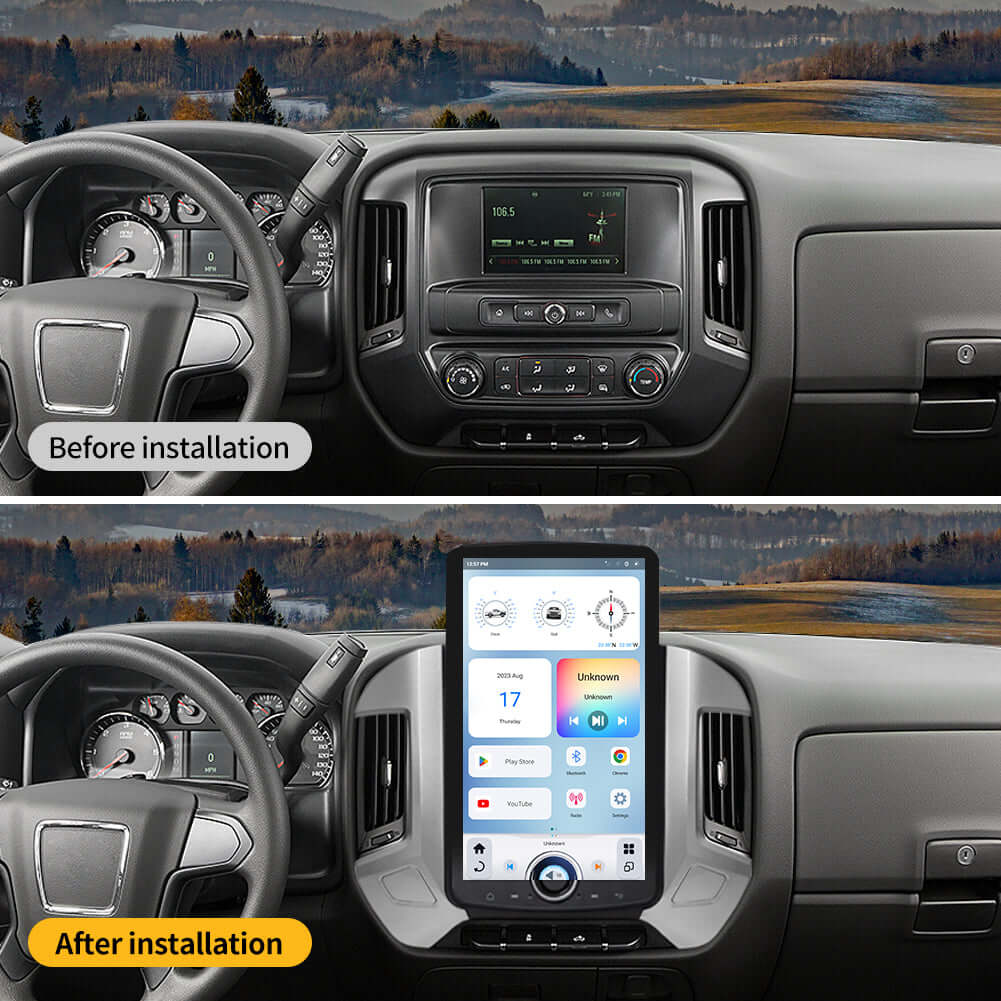


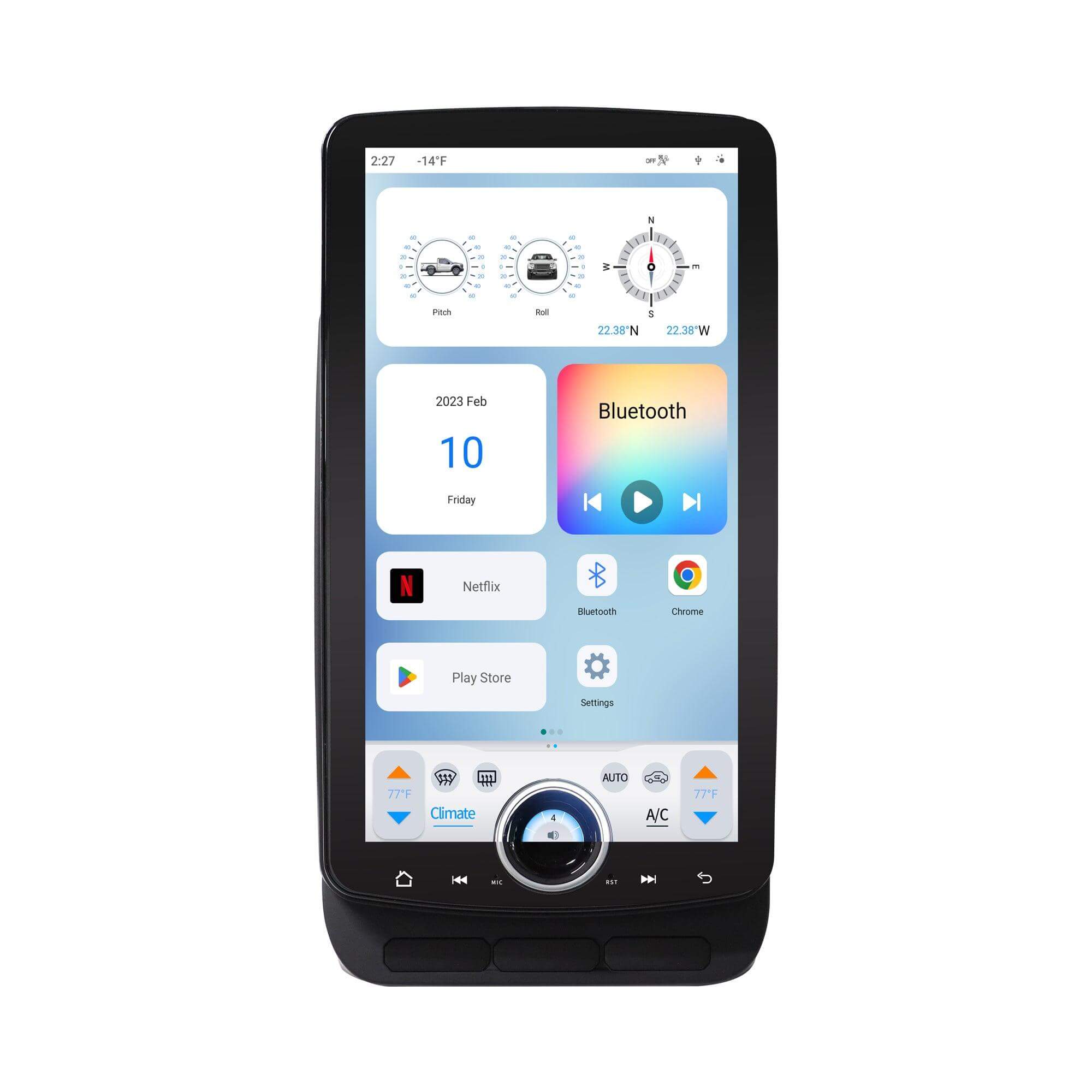
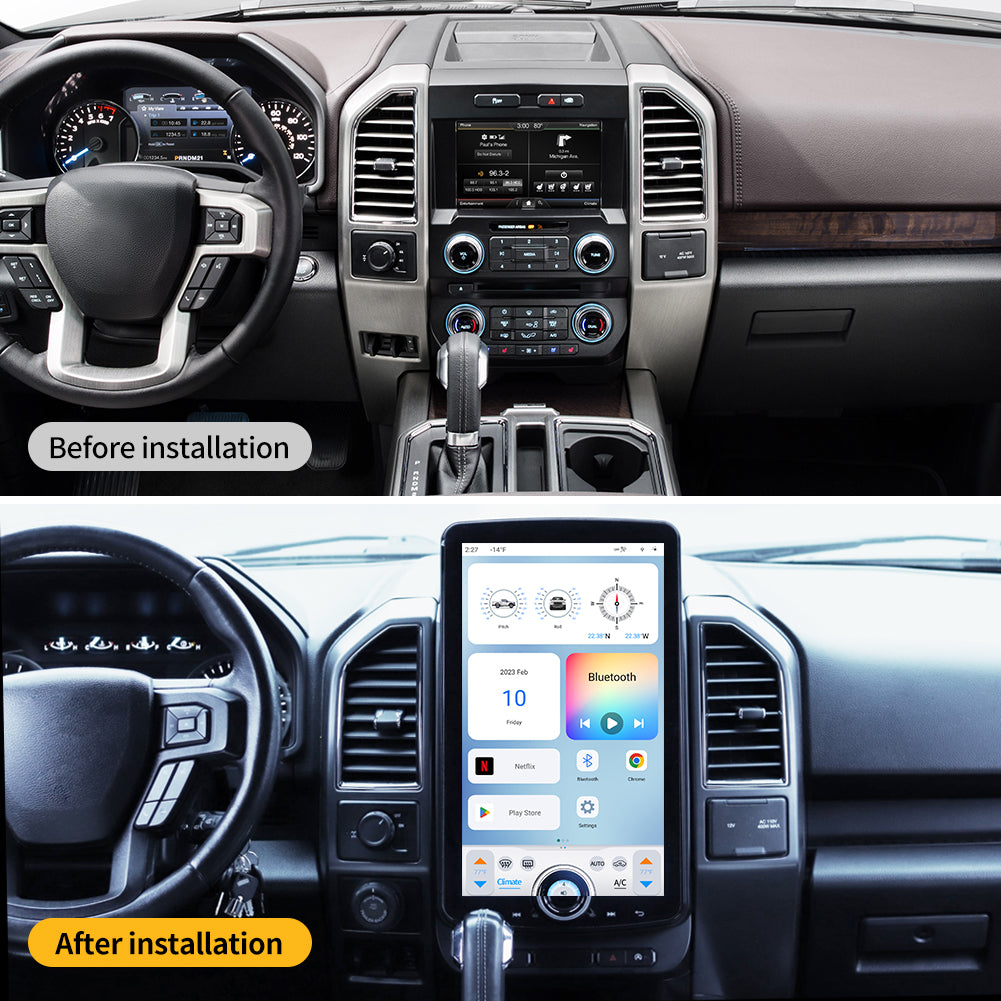
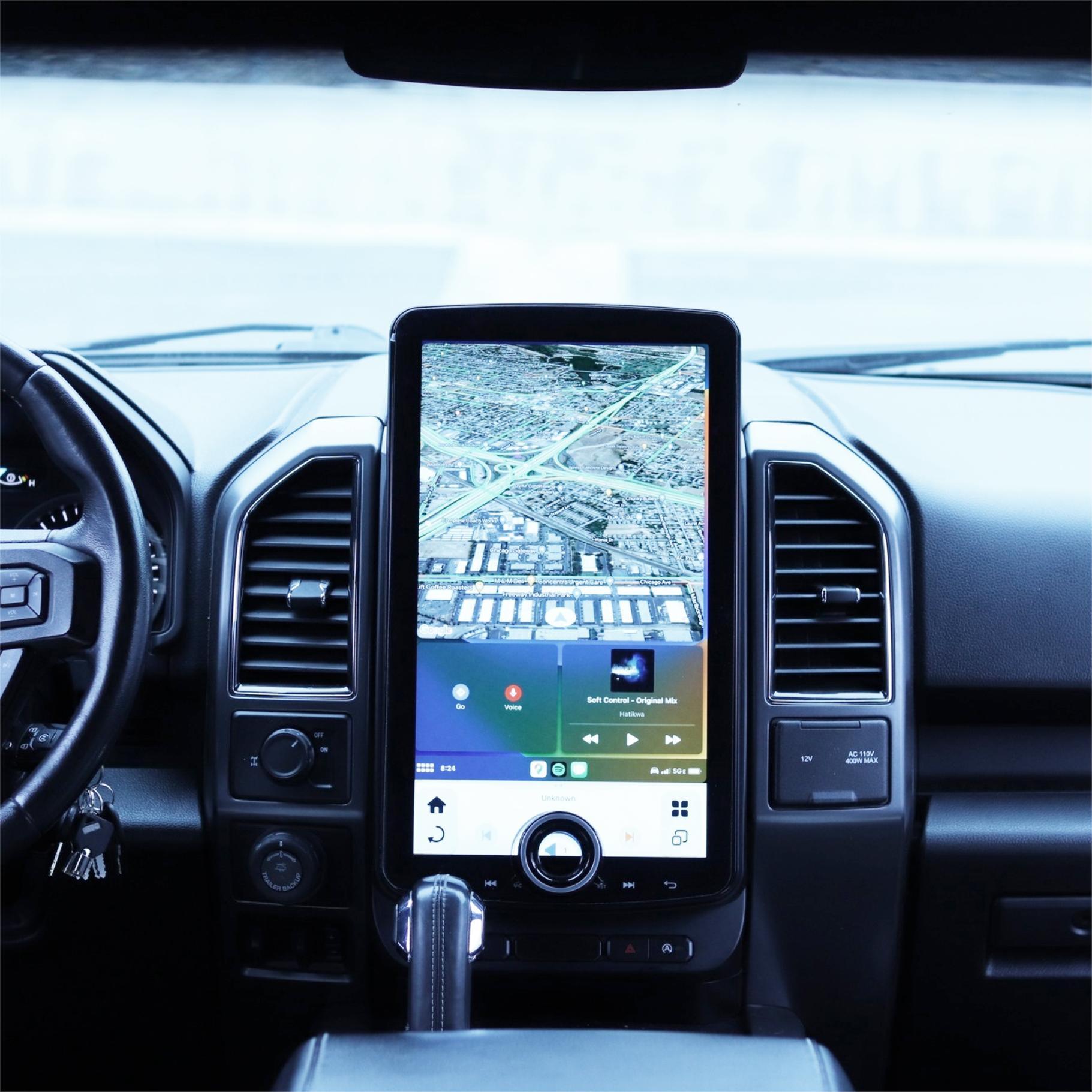
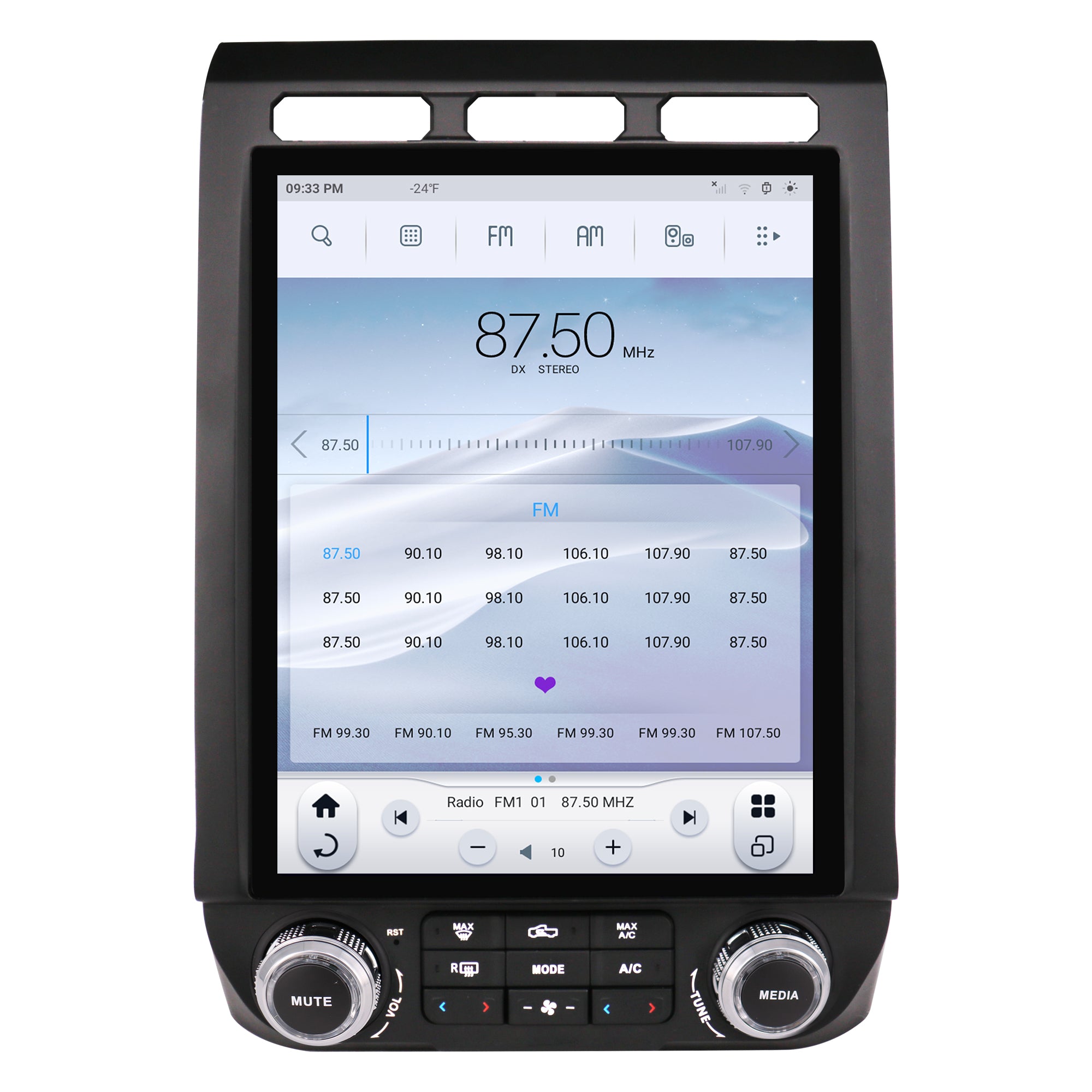
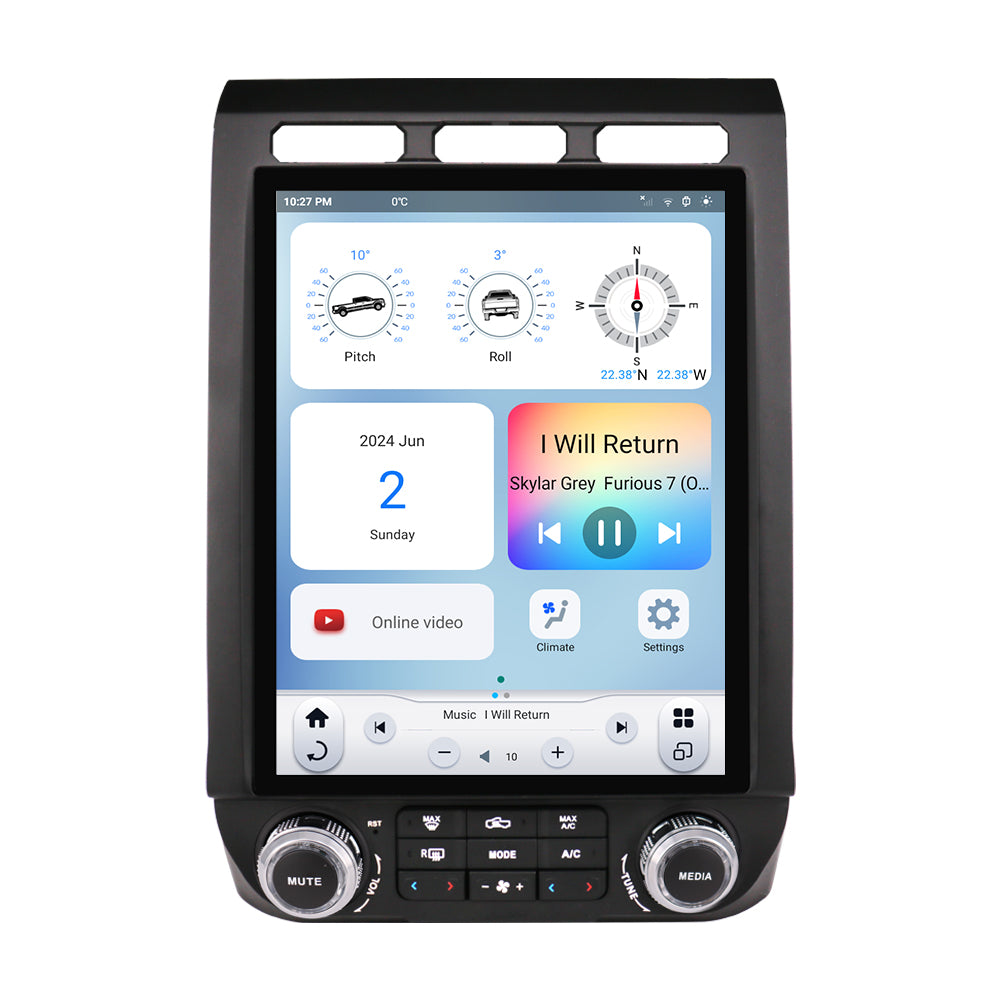
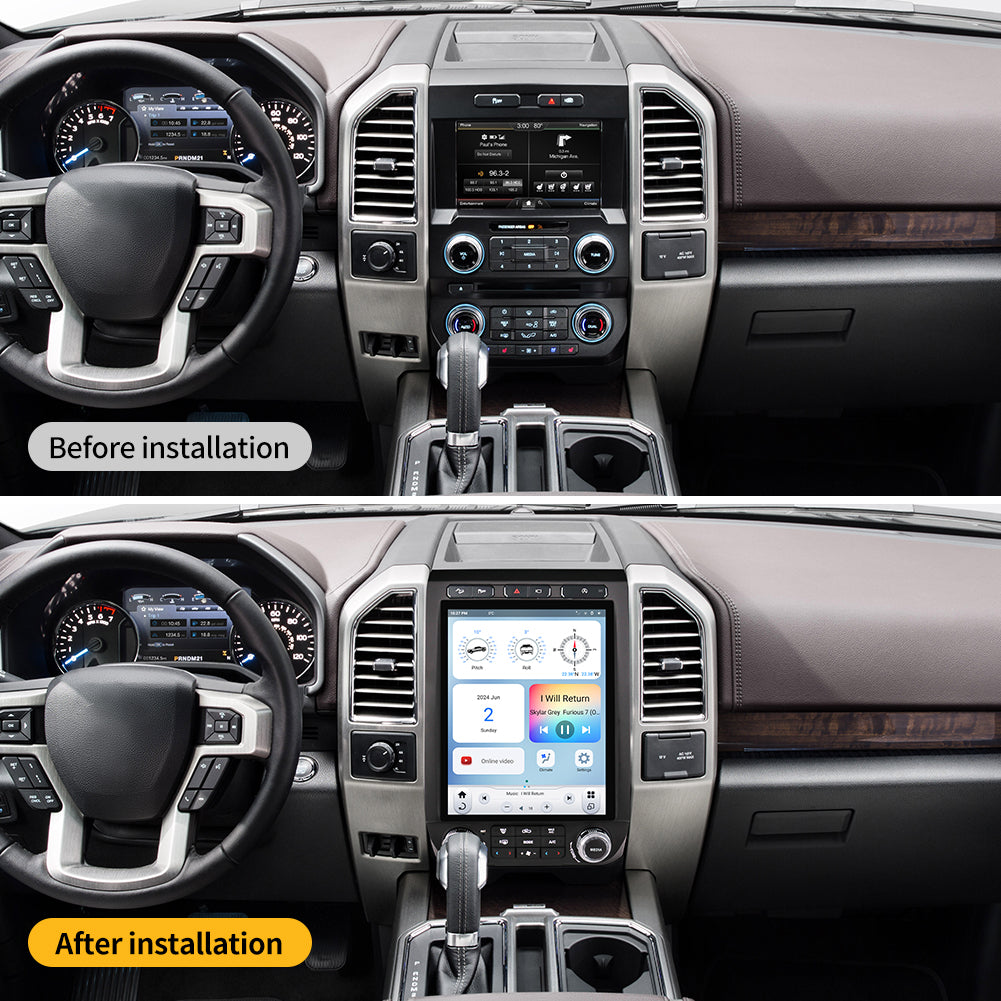
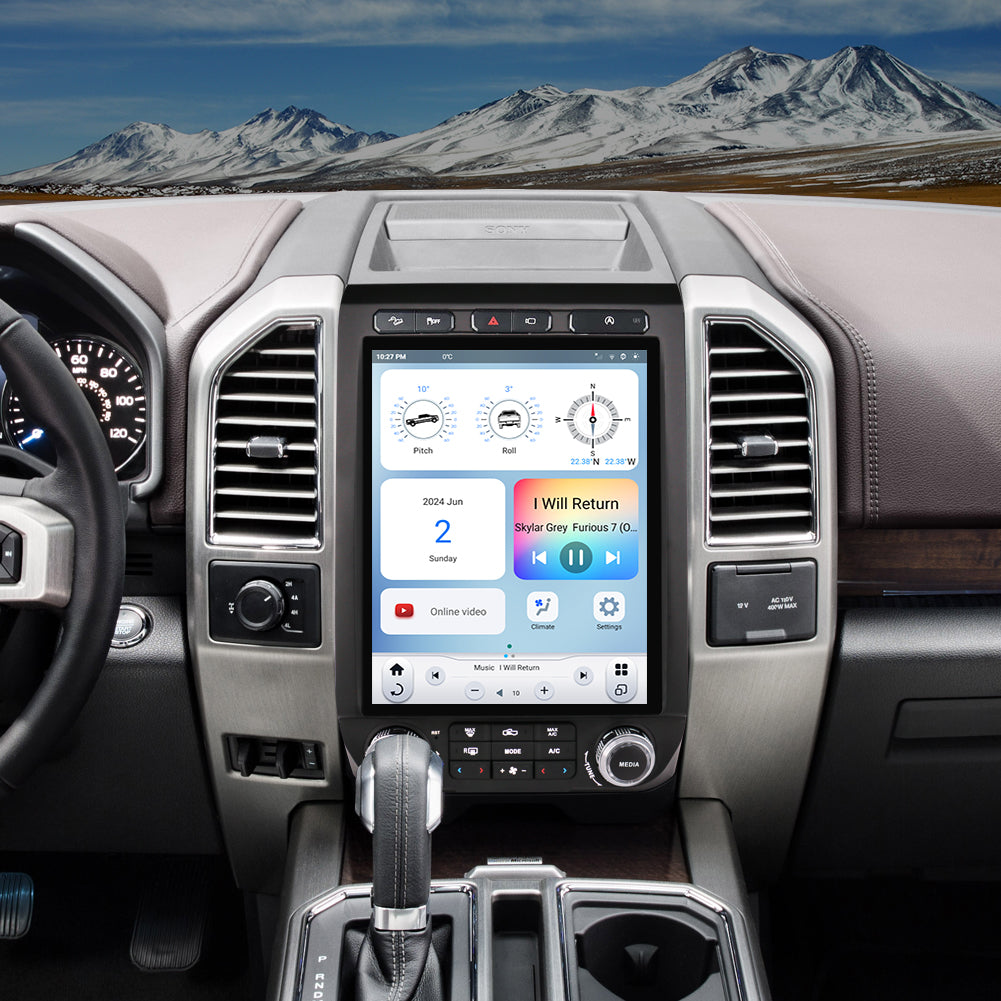
Share:
Single-DIN Radio vs. Double-DIN Radio: What’s the Difference?
Finding the Right Car Stereo for You